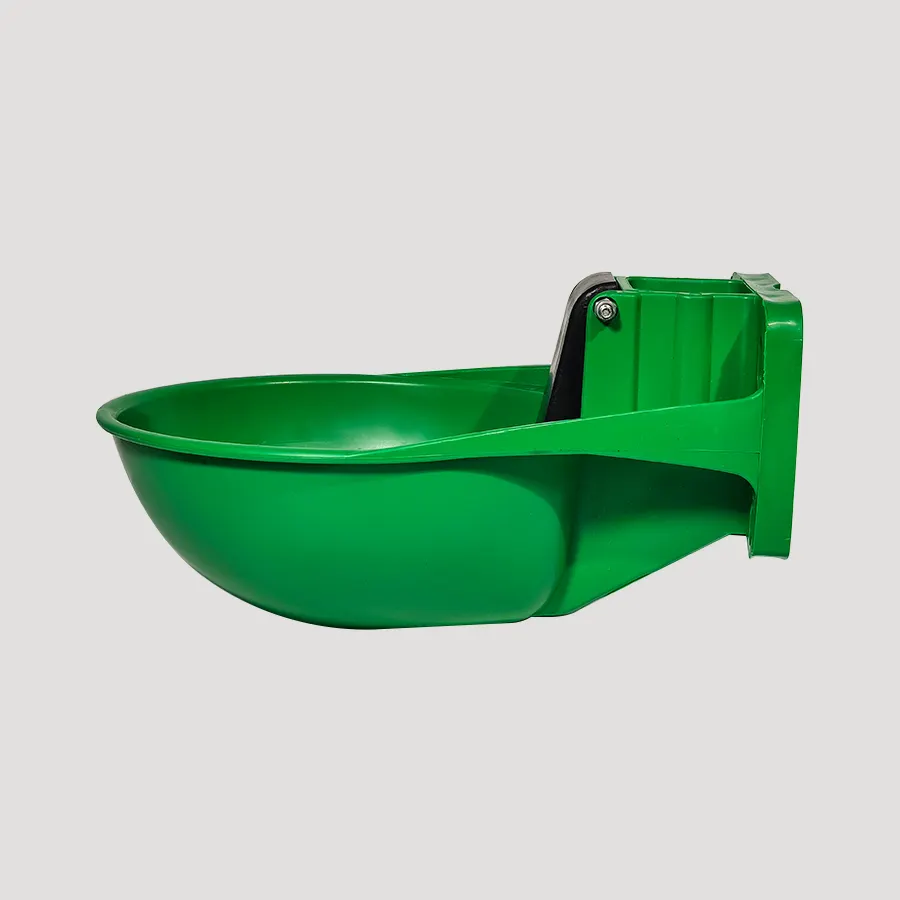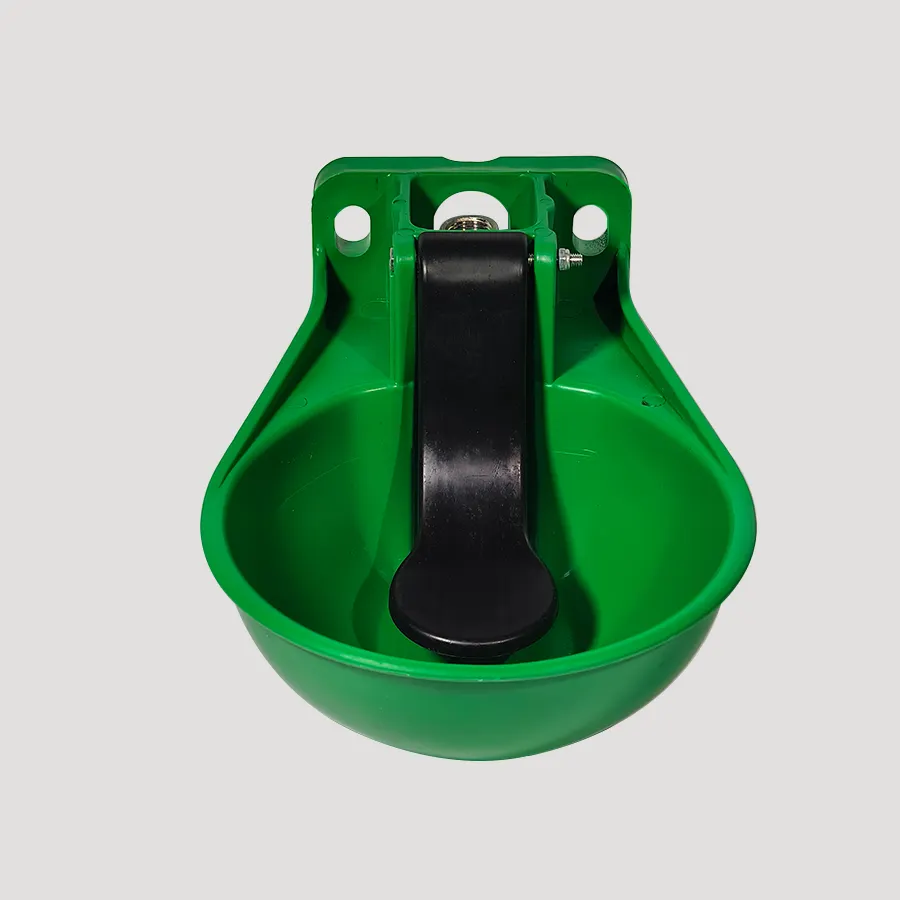Choosing the Right Feeding Equipment for Animal Wellness
Feeding equipment is one of the most overlooked aspects of animal care, yet it has a significant influence on long-term health and hygiene. Among the many factors to consider, bowl material is a critical one. The choice of bowl material can affect everything from food contamination and nutrient retention to injury prevention and behavioral well-being. This seemingly simple decision can make a major difference in managing the health outcomes of pets, livestock, or laboratory animals. Whether in a veterinary clinic, household, farm, or research facility, selecting appropriate bowl material should never be a matter of convenience alone.
Importance of Material Selection in Feeding Equipment
Impact on food safety and contamination
One of the most immediate effects of bowl material lies in its potential to harbor bacteria or leach harmful substances. Porous materials like plastic can develop microscopic cracks over time, which become breeding grounds for bacteria even after washing. This can lead to foodborne illnesses and digestive problems in animals.
In contrast, stainless steel and ceramic bowls are known for being non-porous and more resistant to scratches and microbial growth. The type of bowl material selected plays a vital role in preventing cross-contamination, especially in environments where animals are fed multiple times a day or share feeding stations.
Effect on cleaning and sanitation routines
Different bowl materials require different cleaning protocols. Plastic bowls may need to be replaced more frequently due to wear and tear, while stainless steel options are typically dishwasher-safe and easy to sterilize. The ease with which a material can be cleaned directly influences how often and how thoroughly bowls are maintained.
Bowl material that supports consistent hygiene practices reduces the risk of bacterial buildup, which is particularly important in communal or high-traffic feeding areas. Simple daily maintenance becomes more effective when the bowl material supports rigorous sanitation without deteriorating.
Bowl Material Options and Their Characteristics
Stainless steel as a reliable standard
Stainless steel is often considered the gold standard for feeding equipment. It is durable, rust-resistant, and maintains its structure over time. Animals are less likely to chew or damage stainless steel, which reduces the risk of ingestion of harmful particles.
Its non-porous surface ensures minimal bacteria retention, making it ideal for both food and water use. Many veterinary professionals recommend stainless steel as the optimal bowl material due to its balance of hygiene, durability, and cost-effectiveness over time.
Ceramic and glass for specialized applications
Ceramic and glass bowls can offer aesthetic value and may be beneficial for animals with allergies or sensitivities. These materials are usually coated with a glaze, making them easy to clean and relatively non-porous.
However, ceramic and glass can chip or break easily, posing injury risks. For animals that are more aggressive with feeding or prone to knocking over bowls, these options may require cautious supervision. Nonetheless, their chemical stability makes them a viable bowl material in low-risk environments.
Considerations for Different Animal Categories
Companion animals and household pets
For pets like cats and dogs, the right bowl material can affect not only health but also feeding behavior. Some pets may develop allergies to plastic, or dislike the smell and taste of certain materials. Stainless steel remains the top choice for most pet owners due to its safety and longevity.
Bowl size, depth, and weight should also be considered alongside material. For instance, heavier materials like ceramic may prevent tipping, which is beneficial for enthusiastic eaters. Each animal’s needs should guide the final decision on bowl material.
Livestock and agricultural animals
In agricultural settings, durability and ease of maintenance are critical. Bowl material must withstand outdoor elements and physical wear from larger animals. Stainless steel and reinforced rubber are common choices, while plastic is generally avoided due to its susceptibility to damage and degradation.
Using the right bowl material helps maintain feed quality and reduces waste. When feeding large numbers of animals, efficient sanitation and durability become more important than aesthetic or initial cost considerations.

Environmental and Long-Term Economic Impacts
Durability and cost over time
Although some bowl materials may have lower upfront costs, they often require more frequent replacement. Plastic, for example, may crack or warp over time, leading to recurring expenses and additional waste.
More durable materials like stainless steel and high-quality ceramics may cost more initially but offer better long-term value. Their extended lifespan and resistance to degradation reduce the need for frequent replacements, which ultimately saves money and minimizes disruption to feeding routines.
Sustainability and ecological considerations
The environmental impact of bowl material is increasingly important. Materials that are recyclable, biodegradable, or produced using sustainable methods contribute to reduced environmental footprints. Stainless steel is fully recyclable and has a lower lifetime carbon impact compared to disposable plastics.
Opting for environmentally responsible bowl material supports broader sustainability goals, especially in operations that manage a large number of animals or prioritize eco-conscious practices.
Innovations and Industry Trends in Bowl Material Design
Antimicrobial coatings and smart materials
Technological advancements have led to the development of antimicrobial coatings that inhibit the growth of bacteria and mold. These innovations are particularly useful in high-humidity or high-frequency feeding environments.
Smart bowl materials with embedded sensors can now monitor food and water intake, helping caregivers detect early signs of health issues. These features are most common in pet care but are being explored for broader applications in veterinary and livestock settings.
Customization and ergonomic improvements
Modern designs also focus on ergonomics and animal comfort. Elevated feeding bowls and angled rims help animals feed more naturally, reducing strain and improving digestion. Material flexibility allows for customized solutions that cater to the unique needs of different species.
The variety of available bowl material types supports innovation without compromising on hygiene or functionality. This trend reflects a growing understanding of the relationship between feeding practices and overall animal well-being.
FAQ
What is the safest bowl material for pets?
Stainless steel is generally considered the safest and most hygienic option for pets. It is non-porous, easy to clean, and durable.
How often should feeding bowls be replaced?
The frequency depends on the bowl material. Plastic bowls may need replacement every few months, while stainless steel or ceramic can last for years with proper care.
Are plastic bowls bad for animals?
Plastic bowls can develop cracks and harbor bacteria over time. They may also cause allergic reactions in some animals and are less durable than other materials.
Is ceramic a good bowl material for pets?
Ceramic can be a good option if it’s high-quality and free from lead-based glazes. However, it’s more fragile and should be used with care.
Table of Contents
- Choosing the Right Feeding Equipment for Animal Wellness
- Importance of Material Selection in Feeding Equipment
- Bowl Material Options and Their Characteristics
- Considerations for Different Animal Categories
- Environmental and Long-Term Economic Impacts
- Innovations and Industry Trends in Bowl Material Design
- FAQ

